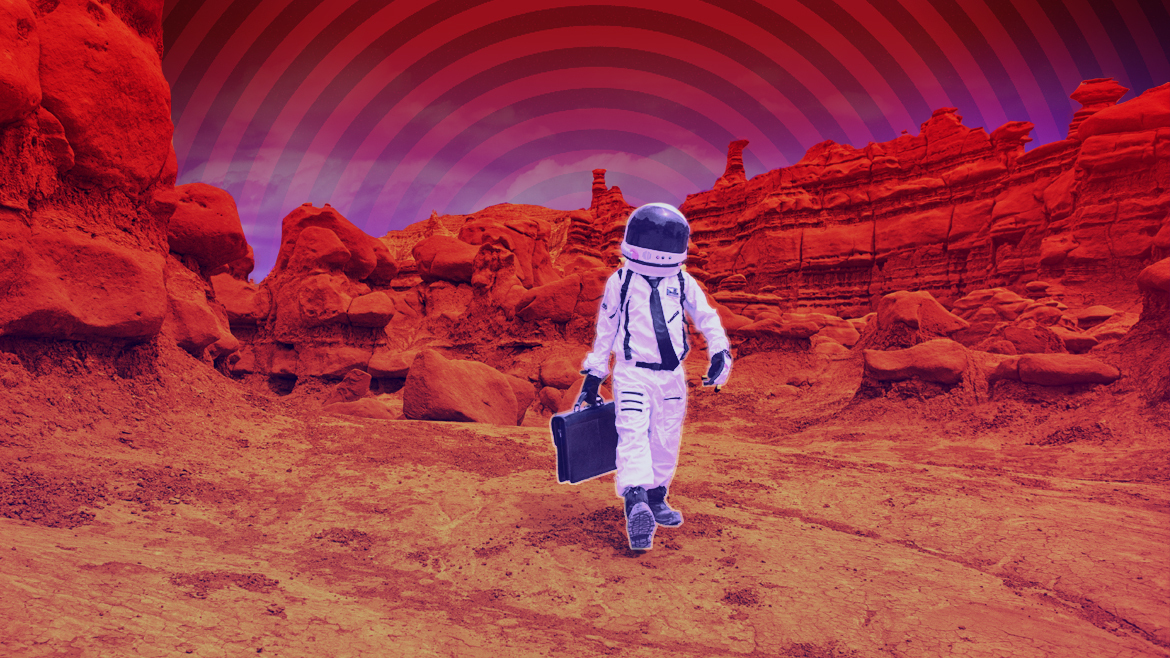
NASA’s Perseverance rover landed safely on the surface of Mars last week, giving scientists an unprecedented opportunity to study the distant planet. The rover’s main missions are to seek out signs of microbial life in the martian soil and test new technologies that could benefit future space exploration.
While the success of the Perseverance is worth celebrating on its own, it has also drawn renewed attention to a goal that has fascinated space enthusiasts for more than half a century: a human mission to Mars. The task of transporting people to the red planet and keeping them alive on the surface presents a massive list of challenges, but rapidly developing technology has made the concept of sending a crewed spacecraft to Mars seem more feasible than ever before.










